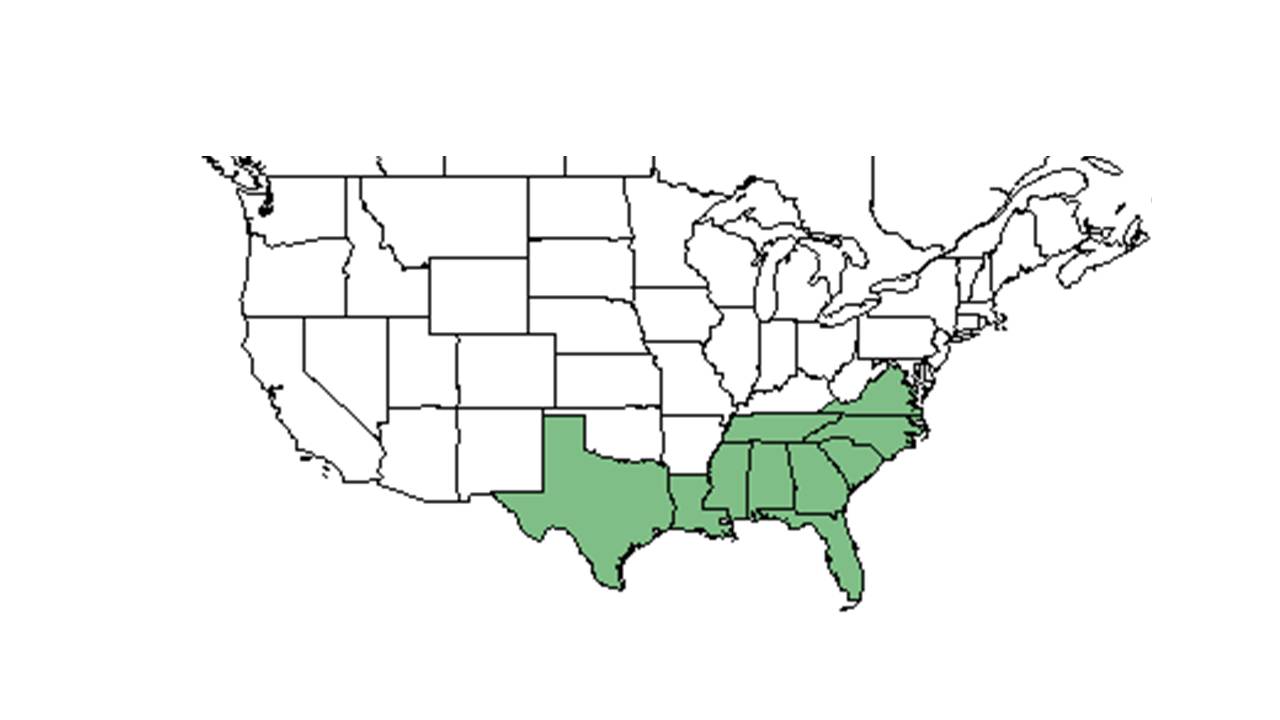Difference between revisions of "Dichanthelium strigosum"
| Line 34: | Line 34: | ||
==Conservation and Management== | ==Conservation and Management== | ||
==Cultivation and restoration== | ==Cultivation and restoration== | ||
| + | ==Photo Gallery== | ||
==References and notes== | ==References and notes== | ||
| − | |||
Revision as of 16:24, 10 June 2015
| Dichanthelium strigosum | |
|---|---|

| |
| Scientific classification | |
| Kingdom: | Plantae |
| Division: | Magnoliophyta - Flowering plants |
| Class: | Liliopsida – Monocotyledons |
| Order: | Cyperales |
| Family: | Poaceae ⁄ Gramineae |
| Genus: | Dichanthelium |
| Species: | D. strigosum |
| Binomial name | |
| Dichanthelium strigosum (Muhl. ex Elliott) Freckmann | |

| |
| Natural range of Dichanthelium strigosum from USDA NRCS Plants Database. | |
Contents
Description
Distribution
Ecology
Habitat
It can be found in relatively undisturbed areas.[1] It can be found in longleaf pine savannas.[2]
Phenology
Seed dispersal
It is dispersed by gravity.[3]
Seed bank and germination
Fire ecology
It can tolerate biennial, early growing season prescribed fires.[2]
Pollination
Use by animals
Diseases and parasites
Conservation and Management
Cultivation and restoration
Photo Gallery
References and notes
- ↑ Thaxton, J. M. (2003). Effects of fire intensity on groundcover shrubs in a frequently burned longleaf pine savanna. Ann Arbor, MI, Louisiana State University and Agricultural & Mechanical College. Ph.D.: 146. Kirkman, L. K., K. L. Coffey, et al. (2004). "Ground cover recovery patterns and life-history traits: implications for restoration obstacles and opportunities in a species-rich savanna." Journal of Ecology 92(3): 409-421.
- ↑ 2.0 2.1 Thaxton, J. M. (2003). Effects of fire intensity on groundcover shrubs in a frequently burned longleaf pine savanna. Ann Arbor, MI, Louisiana State University and Agricultural & Mechanical College. Ph.D.: 146.
- ↑ Kirkman, L. K., K. L. Coffey, et al. (2004). "Ground cover recovery patterns and life-history traits: implications for restoration obstacles and opportunities in a species-rich savanna." Journal of Ecology 92(3): 409-421.